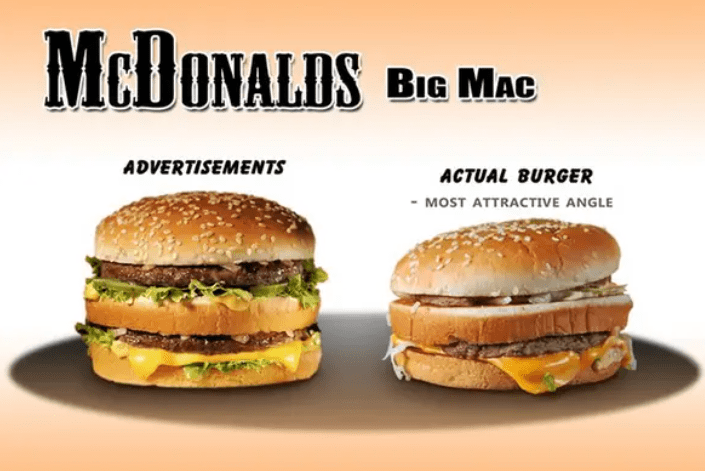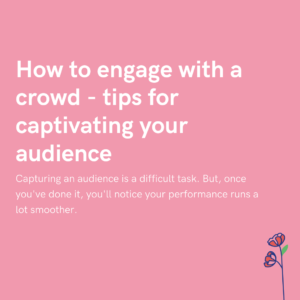Those fast food adverts you see? Yep, they’re not real. That’s why the burgers always look so much better in the ad than real life. The photographers use food stylists to help stage the picture.
Have you ever flipped through a magazine or scrolled through social media and been stopped in your tracks by a mouthwatering image of food? Chances are, you have a food stylist to thank for that. Unfortunately, you might find yourself slightly underwhelmed when you order the real thing. This is because it simply won’t look like the advert, it’s misleading.
A food stylist is like a magician in the kitchen, using their skills and creativity to make food look as tempting and appetising as possible for the camera. It’s important to be aware, they aren’t the chef. They work closely with photographers, art directors, and chefs to craft each shot, paying attention to every detail. They need to ensure it looks perfect.
From the arrangement of the food to the placement of garnishes and props. One of the primary responsibilities of a food stylist is to make sure that the food looks its absolute best on camera. This often involves using various tricks and techniques to enhance its appearance. Such as strategically arranging ingredients to create visual interest.
They also use edible props to add texture and colour, and apply techniques like basting, glazing, and garnishing to make the food look fresh and appealing. However, that isn’t all. You’ll find a food stylist using what we call ‘food makeup’. It’s exactly what it sounds like – makeup to cover up any imperfections, to ensure the product appears perfect.
How food stylists use alternative props
They want to make the food look as appealing as it possibly can. So, they’ll often glaze the food with various products. Many of which aren’t edible, so the food you see in the adverts can’t actually be eaten because it has lots of chemicals and products used to make it shine, glow and look overall delicious. Good enough to eat…
One thing that shocks many is sometimes food isn’t even used. For example, if you’re going to get something that’s quite messy and greasy, they might swap it out for something that looks similar but doesn’t come with all the hassle. Sponge instead of cake, for example. Sounds crazy right? Well, it means it’s perfectly cut into a circle shape, without any imperfections.
Under every layer of pancakes that are stacked, there is usually a small sponge, or cardboard. This is to prop them up so there is space between each pancake. It makes them all appear fluffier and the tower stand tall. This is why yours never look quite as good. Another major one people don’t realise is – shaving foam. This is used in replacement of cream.
Why? Well, it doesn’t melt. Have you ever added cream to hot chocolate and found it all sinks into the drink and looks quite sad? Well, shaving foam won’t do this. So, food stylists will use this as an alternative, so the photos look perfect. It works wonders. A final one which you absolutely wouldn’t want to eat, is motor oil instead of syrup… it’s easier apparently?
Will the viewer want to eat the food?
A food stylist also has to consider how the food will be perceived by the viewer. They carefully choose props, backgrounds, and lighting to create a mood or atmosphere that complements the dish and enhances its visual appeal. Whether it’s a cosy brunch scene bathed in soft morning light or a vibrant outdoor picnic with pops of colour, the setting plays a crucial role.
In addition to making the food look great, food stylists also have to ensure that it is photogenic from every angle. This involves using tricks like propping up ingredients with hidden support. Or strategically arranging plates and utensils to create depth and dimension. They have to use specialised tools to prevent food from melting under studio lights.
Advancements in technology have also expanded the possibilities for food styling in photography. With many stylists using digital tools and techniques to enhance and manipulate images in post-production. This might involve adjusting colours and contrast, removing imperfections, or even combining multiple images to create the perfect shot.
One important thing to note is, this only tends to happen with large corporations. Small, independently run businesses who shoot their own promotion would shudder if you asked them if their photos were real. To them, it might be fraud playing things off as real food. They often pride themselves in being raw and real. But, both sides aren’t wrong in their work.







